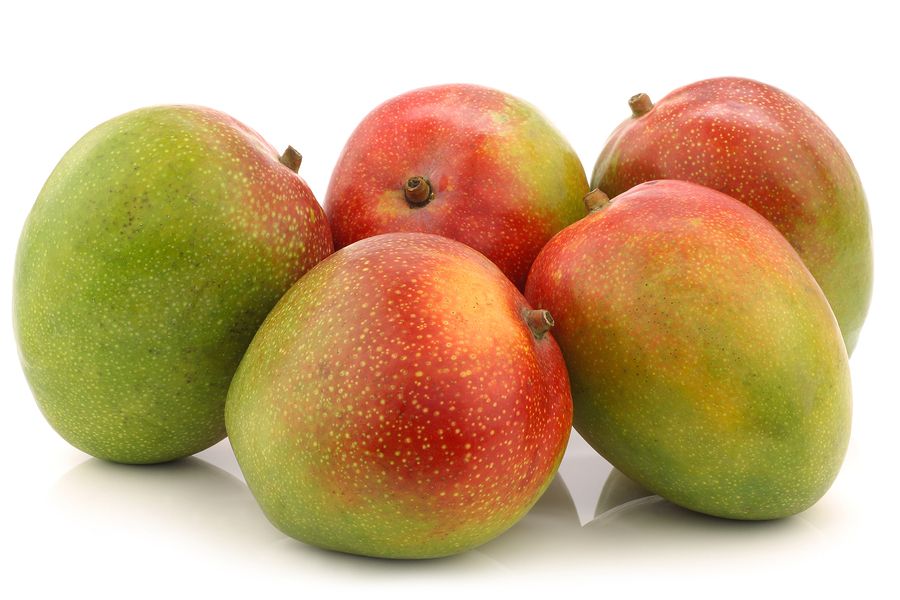India’s Hindu Newspaper reported India’s exports were on the decline for eight consecutive months in 2012. However, exports started on the upward trend in January 2013. Given the statement that “exports grew for the fourth consecutive month”, we looked into these claims in the Import Genius international trade database to identify trends for India’s rise in exports. What we found was contrary to what we expected.
While Indian exports to the U.S. are growing, the number of shipments received in the U.S. from India are actually decreasing. In 2011, India exported 171,815 shipments to the U.S. but the number of shipments decreased the next year, with just 159,427 shipments from India on record during 2012. When looking into the first quarter of 2013, we also found that ocean freight shipments this year aren’t close to the numbers in 2012. U.S. imports from India spanning from January to March last year totaled 42,575 shipments. Imports from the first quarter this year were half of that, with just 21,650 shipments. “After touching the second highest figure-ever in a month in January to $20 billion, the trade gap came down to $14.9 billion in February and to $10.3 billion in March.” Based on this statement, it’s safe to say that exports aren't a real indication of a downward or upward trend, or of the trade gap in this case. The number of shipments clearly does not correlate with the value of the exports. One product within the Indian database that caught our attention was mangoes. Grown all over the world in tropical and subtropical climates, mangoes are often called “the king of the fruits” and are rich in vitamins, minerals and potassium. India is the largest grower of mangoes and is expected to export 83,000 tons of the fruit this year, according to another article by The Hindu. According to a recent study reported in The Economic Times, the price of Indian mangoes is already higher than mangoes imported into the U.S. from South America. A report by the U.S. Department of Agriculture says “high shipping charges and profit margins kept by traders” account for the price difference. Indian mangoes already cost about five times more than mango exports from other countries and these factors are expected to hike prices even further. In addition to contradictory numbers when looking at India’s overall shipments and export growth, we also see an adverse effect comparing prices of mangoes with demand. According to The Hindu, increasing shipments of India’s alphonso and kesar mangoes have hit the U.S. this year and the increased exports are expected to continue. Mango exports to the U.S. are expected to be between 400-500 tons this year, as stated by an official with the Agricultural and Processed Food Products Export Development. These numbers will mean record highs for Indian mango exports. India has already exported 90 tons of mangoes in 2013. The price of Indian mangoes are clearly inelastic as both demand and exports are steadily rising. Sources: High import charges hike prices of Indian mangoes in USMango export to US to touch 500 tonnesExports up 1.6 % in April
